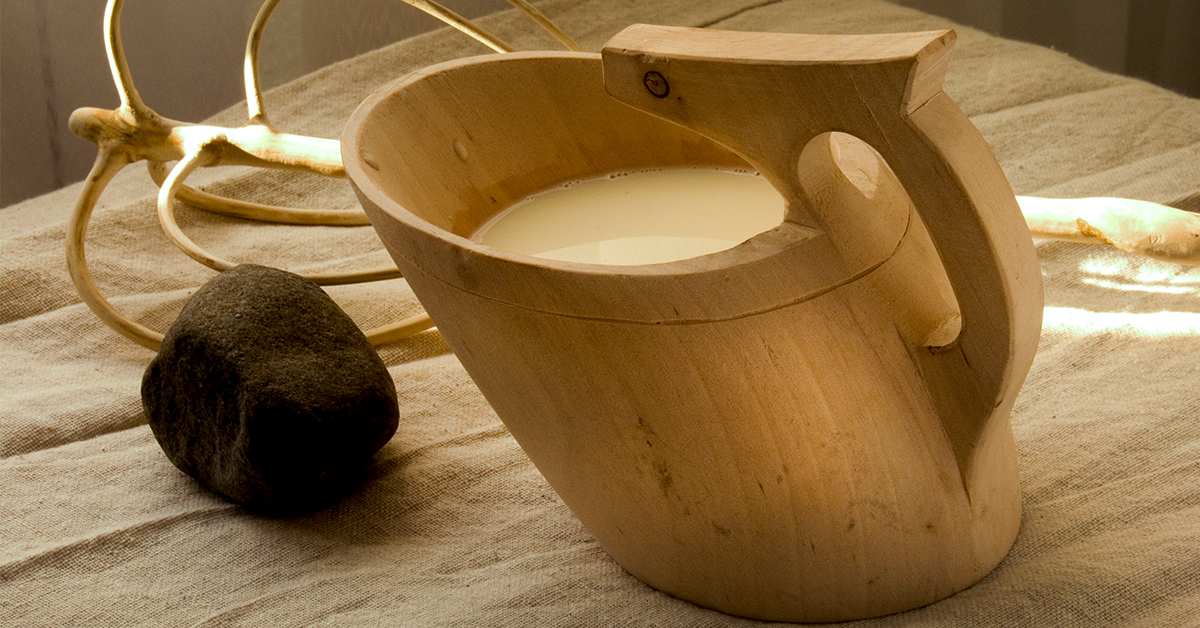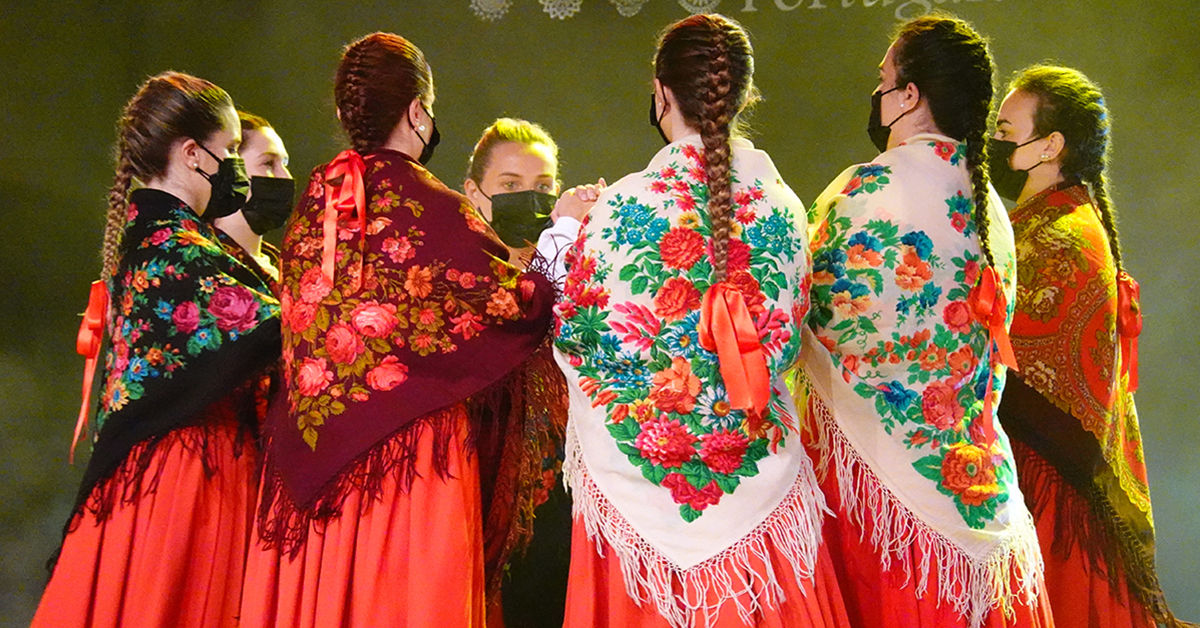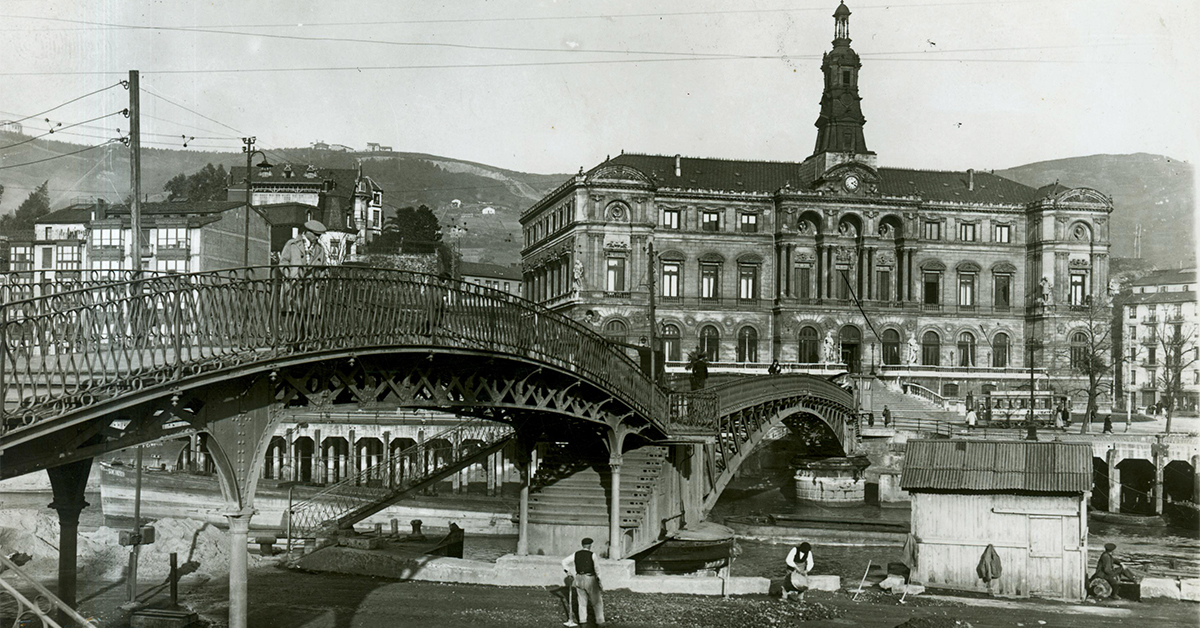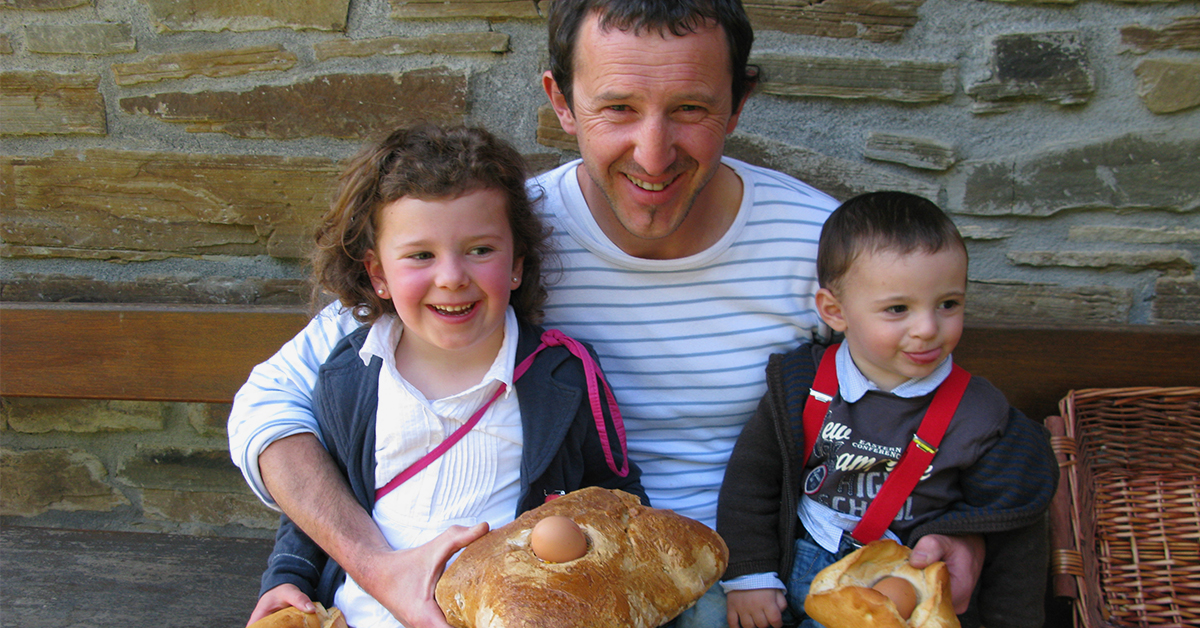Basque ethnography at a glance
May Day or the first of May was known as ‘Maialen’ in towns such as Arrigorriaga, Ugao, Arrankudiaga, Orozko and Laudio. It was also called ‘maiazlen’ elsewhere, and both terms come from ‘maiatz lehen”.
It was a special day, but we are not sure about the reason why. Furthermore, it would be hard to research it as the custom is all but forgotten. However, thanks to the documented popular beliefs, we know that it was a very special day and important for those who wanted to look after their health by taking preventive measures. In short, a way to avoid headaches and scabies was to drink milk on that day or, depending on the towns, eat roasted bacon.
Even though that we are still not free of the virus (and its many variants) commonly known as COVID-19, the pandemic now just seems a harrowing time in the past. However, even though it lasted a relatively short period of time, it was a total upheaval of our lives… in a society where a large part of people’s lives is outdoors; and great importance is given to people being in close contact.
The start of the pandemic resulted in harsh restrictions being introduced here in March 2020. Right from the start, that meant that weekend and bank holiday leisure activities and celebratory events, including any type of show, celebration and religious ceremony in that regard, were completely or, in certain cases, partially cancelled.
The Basque language or Euskara, at least from what we know, is a small language in terms of the number of speakers and the area of use, but it has had to live alongside great languages throughout its long history. He had Celtic and Iberian as neighbors until Romans brought their imperial language to our surroundings. The Euskara lived for a long time near the strong Latin, and is now bordering on the great French and Spanish languages which are descendants of that Latin. The ancient influence of Latin is evident in current Basque, both in the lexicon and in the morphosyntax. Also that of later Spanish and French. But hasn’t our little Euskara left any trace in the great languages around it?
Lent, Holy Week and Easter follow on from Carnival. Lent recalls the forty days of prayer and penitence that Jesus spent in the desert. The forty days from Ash Wednesday – on 22 February this year – until Maundy Thursday are traditionally spent fasting and praying. This period ends with Holy Week, which is from Palm Sunday – on 2 April this year – to Easter Sunday; it is the time spent commemorating the Passion of Jesus Christ and builds up to Easter Sunday that celebrates his Resurrection.
During the Easter Vigil on the night from Easter Saturday into Easter Sunday, the Paschal candle is lit and represents Jesus resurrected, and indicates that Christ has come back from death. Alongside the religious services on following day – Easter Sunday and on 9 April this year –, the custom of godparents giving their godchildren a roll with one or several eggs baked into the bread still survives in some places of Euskal Herria and was very widespread in the past. The roll can be circular or triangular and is known as mokotsa in Amorebieta-Etxano and Gorozika, morrokotea and/or mokotsa in Arratia, olatea in Orozko, pazkopile in Busturia, arrautz-opila in Zerain, kaapaxue in Elosu-Bergara, and aitatxi-opil or amatxi-opil in Baztan…
(more…)





